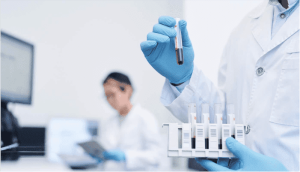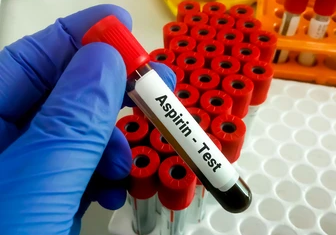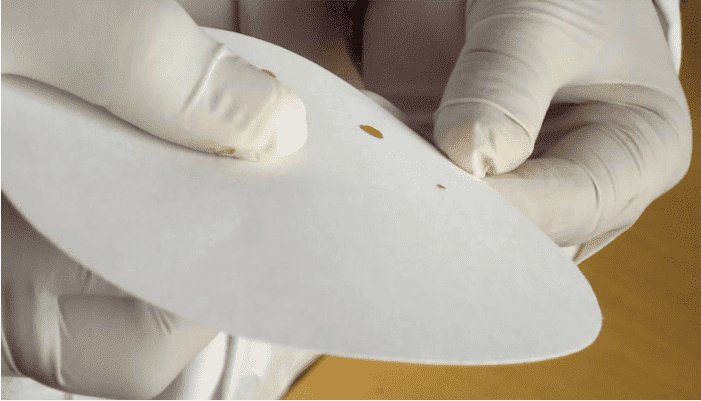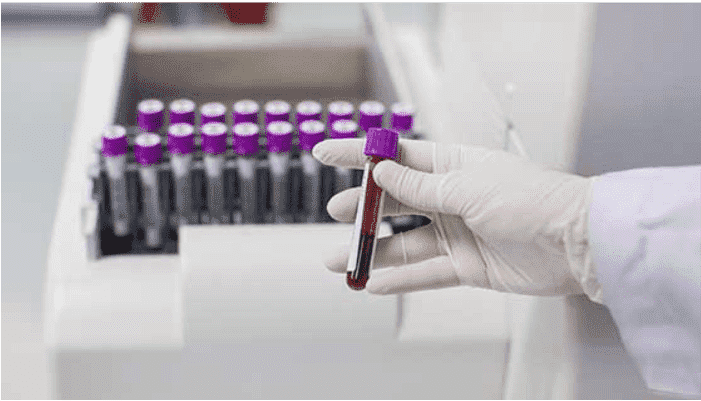Prothrombin Time (PT)

Synonyms:
Protime, PT
🔬 Abstract
The Prothrombin Time (PT) test measures how long it takes for a clot to form in plasma after adding calcium and thromboplastin. It is sensitive to reduced factor levels (II, VII, X) and useful for evaluating warfarin therapy and extrinsic coagulation.
🧪 Specimen Requirements
- Specimen: Plasma
- Container: Blue top (sodium citrate) tube
🛠️ Collection & Handling
- Draw venipuncture; include PT last when taking multiple tubes.
- Use a two‑syringe technique if drawing only PT to prevent tissue thromboplastin contamination.
- If not tested immediately, separate plasma and refrigerate; test within 4 hours.
❌ Reasons to Reject Sample
- Received 3–4+ hours after collection
- Tube not full, clotted, hemolyzed, lipemic, or icteric
⏱️ Reference Range & Panic Level
- Normal range: 10–13 seconds
- Possible panic: >20 seconds (non‑anticoagulated), >3× control (anticoagulated)
🔍 Clinical Uses
- Monitor warfarin/coumarins
- Identify prothrombin deficiency, dysfibrinogenemia, afibrinogenemia
- Detect liver failure, DIC, vitamin K deficiency
- Evaluate heparin effect
⚠️ Limitations
PT may be prolonged by heparin if measured <2 hours after dosing. Numerous drugs and conditions—like antibiotics, salicylates, anticonvulsants, and contraceptives—can either increase or decrease PT. Individual warfarin response also varies with genetics and medications.
⚙️ Methodology
In sodium citrate plasma, calcium and thromboplastin are added. Clotting time is measured—visually or via automated fibrin detection—and compared to a concurrently run normal control plasma.
ℹ️ Additional Information
- Proper blood-to-citrate ratio is critical—underdrawing can falsely prolong PT.
- Clotting tubes must be fully filled for accurate results.
- Antibiotics like cephalosporins may lower vitamin K levels—vitamin K prophylaxis may be advised.
- Warfarin effect typically achieved within 3–7 days; reversed with oral or intramuscular vitamin K.
📚 References
- Andrew M, Paes B, Blood, 1988;72:1651–7.
- D’Angelo A, Am J Clin Pathol, 1989;92(3):321–8.
- James AH, J Clin Pathol, 1992;45:704–6.
- Peterson CE, Arch Intern Med, 1986;146:581–4.
- Poller L, Am J Clin Pathol, 1989;92(1):124–6.
- Jacobs et al., Laboratory Test Handbook, Lexi‑Comp Inc, 1994.


